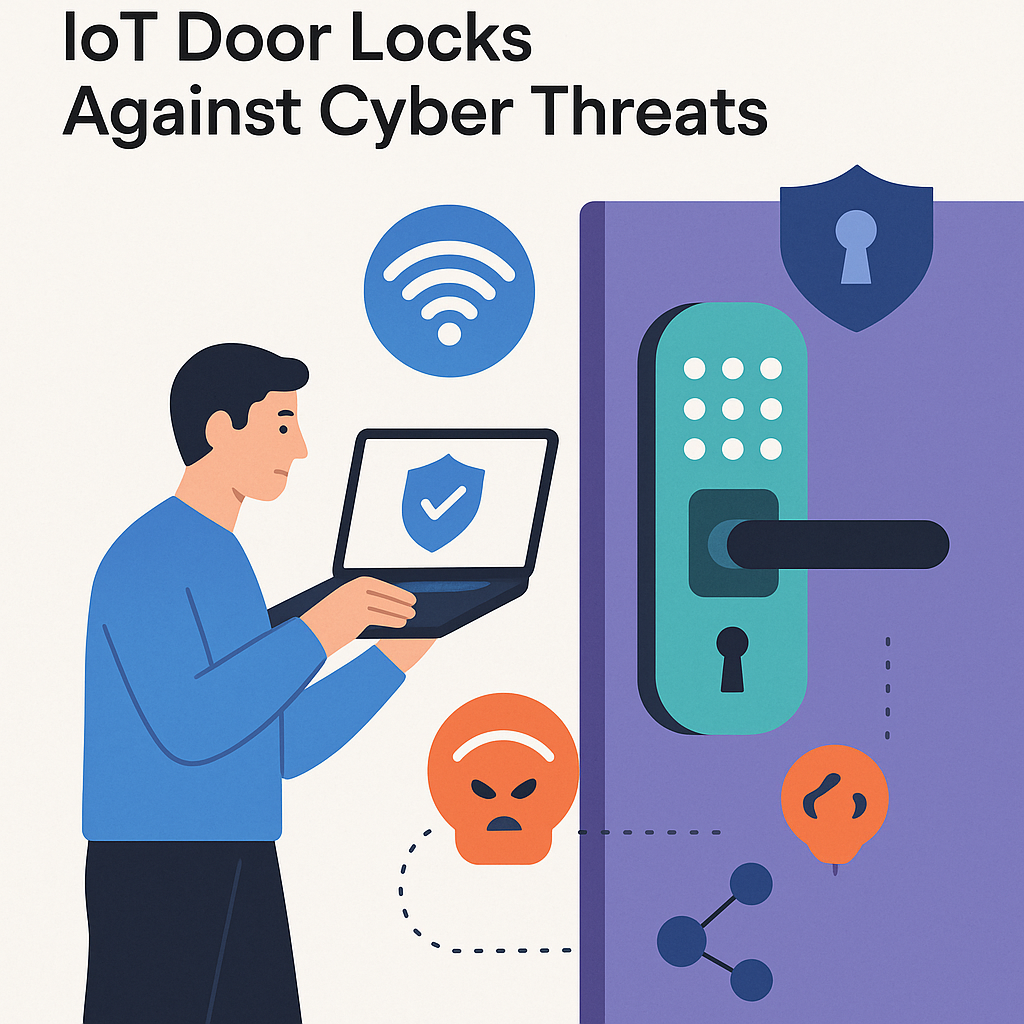Introduction
The rise of smart home devices has transformed the way we interact with our living environments, offering convenience and enhanced security. However, with these advancements come significant cybersecurity risks. This blog post explores the implementation of NIST 8259 compliance in smart home devices, focusing on a case study of IoT door locks. We will analyze how adhering to the NIST Cybersecurity Framework can help secure these devices against cyber threats.
Understanding NIST 8259
The National Institute of Standards and Technology (NIST) developed the NIST Special Publication 8259 series to provide guidelines for cybersecurity in Internet of Things (IoT) devices. This framework emphasizes:
- Risk management
- Security requirements
- Best practices for the lifecycle of IoT devices
Compliance with NIST 8259 is crucial for manufacturers and developers of smart home devices to ensure that security is built into products from the ground up.
Case Study: Securing IoT Door Locks
Overview of the Smart Door Lock
The smart door lock in our case study represents a common IoT device used in many households. It offers features such as remote locking, access control via smartphones, and integration with home automation systems. However, its connectivity also exposes it to various cyber threats, including unauthorized access and data breaches.
Step 1: Conducting a Risk Assessment
The first step in our NIST 8259 compliance journey was to conduct a thorough risk assessment. This involved:
- Identifying potential vulnerabilities in the device’s software and hardware.
- Evaluating the likelihood and impact of various cyber threats, such as hacking attempts and denial-of-service attacks.
- Establishing the critical functionalities of the smart lock that must be secured.
Step 2: Defining Security Requirements
Based on the risk assessment, we defined specific security requirements for the smart door lock. Key requirements included:
- Data Encryption: All data transmitted between the lock and user devices must be encrypted to prevent interception.
- Authentication Protocols: Implement multi-factor authentication to ensure that only authorized users can access the lock.
- Firmware Updates: Establish a secure process for regular firmware updates to patch vulnerabilities.
Step 3: Implementing Security Controls
With the security requirements established, the next phase involved implementing the necessary security controls. This included:
- Integrating advanced encryption protocols (e.g., AES-256) for data transmission.
- Developing a user-friendly authentication mechanism that includes biometric options.
- Creating a secure update mechanism that ensures firmware updates are signed and verified before installation.
Step 4: Testing and Validation
After implementing the security controls, rigorous testing was conducted to validate their effectiveness. This stage involved:
- Penetration testing to identify any remaining vulnerabilities.
- Conducting security audits to ensure compliance with NIST 8259.
- Gathering feedback from users to identify potential usability issues without compromising security.
Step 5: Continuous Monitoring and Improvement
The implementation of NIST 8259 compliance does not end with deployment. Continuous monitoring is essential to adapt to evolving cyber threats. This includes:
- Regularly reviewing security logs for unusual activities.
- Updating security protocols in response to new vulnerabilities identified in the industry.
- Conducting annual security assessments to ensure ongoing compliance with NIST standards.
Conclusion
The case study on securing IoT door locks illustrates the importance of implementing NIST 8259 compliance in smart home devices. By following a structured approach that includes risk assessment, defining security requirements, implementing controls, testing, and continuous monitoring, manufacturers can significantly reduce the risk of cyber threats. As smart home technology continues to evolve, adherence to established security frameworks like NIST 8259 will be critical in ensuring the safety and reliability of these devices for consumers.



